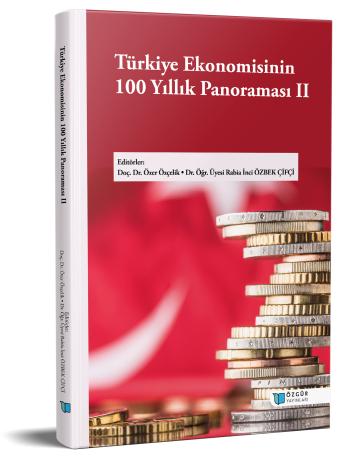
Türkiye’de Uygulanan Döviz Kuru Politikaları Üzerine Kısa Bir Değerlendirme
Şu kitabın bölümü:
Özçelik,
Ö.
&
Özbek Çifçi,
R.
İ.
(eds.)
2024.
Türkiye Ekonomisinin 100 Yıllık Panoraması II.
Özet
Türkiye Cumhuriyeti'nin 100 yıllık döviz kuru politikasını, temel olarak ekonomi politikaları, küresel ekonomik koşullar ve iç siyasi gelişmeler şekillendirmiştir. 100 yıllık süreç içerisinde sabit kur sistemlerinden serbest dalgalanma rejimine kadar farklı politikalar uygulanmıştır. Cumhuriyet’in ilk yıllarında Türk Lirası, döviz piyasasındaki dalgalanmaları kontrol etmek amacıyla altına ve Sterlin’e dayalı sabit kur sistemiyle yönetilmiştir. 1970’li yıllara ise ithal ikameci sanayileşme politikasına eşlik eden kambiyo kontrolleri damga vurmuştur. 1980’li yıllarda hayata geçirilen serbest piyasa reformları ile döviz kurları üzerindeki sıkı denetim kaldırılarak döviz işlemleri serbestleştirilmiştir. 1990’lı yıllar itibari ile de tam kambiyo serbestisine geçilmiştir. Söz konusu dönemde yaşanan krizler sonucunda da 2000’li yıllarda serbest dalgalı kur rejimine geçilmiştir. Bu geçen süre zarfında serbest piyasa reformları ve kambiyo serbestisi, Türkiye’nin döviz piyasasının gelişimine önemli katkılar sağlamıştır.

